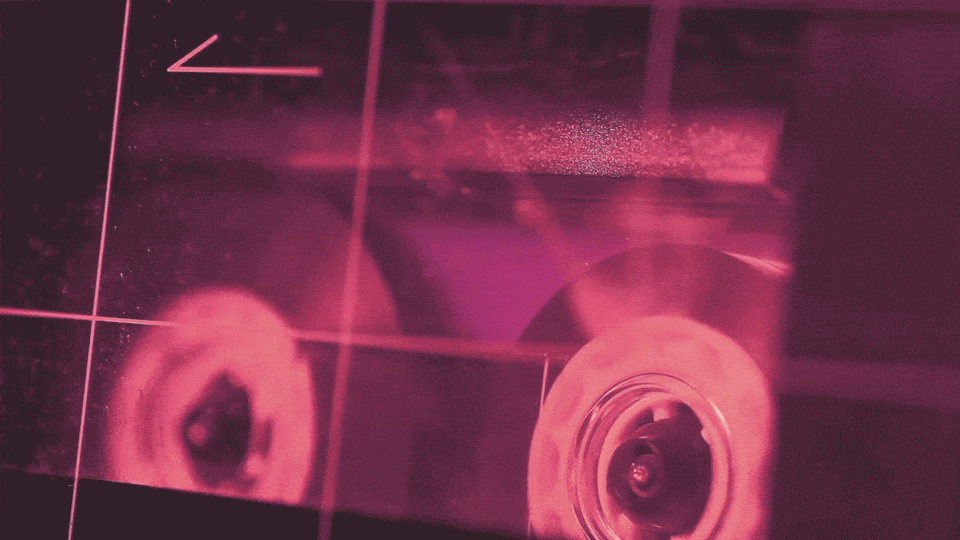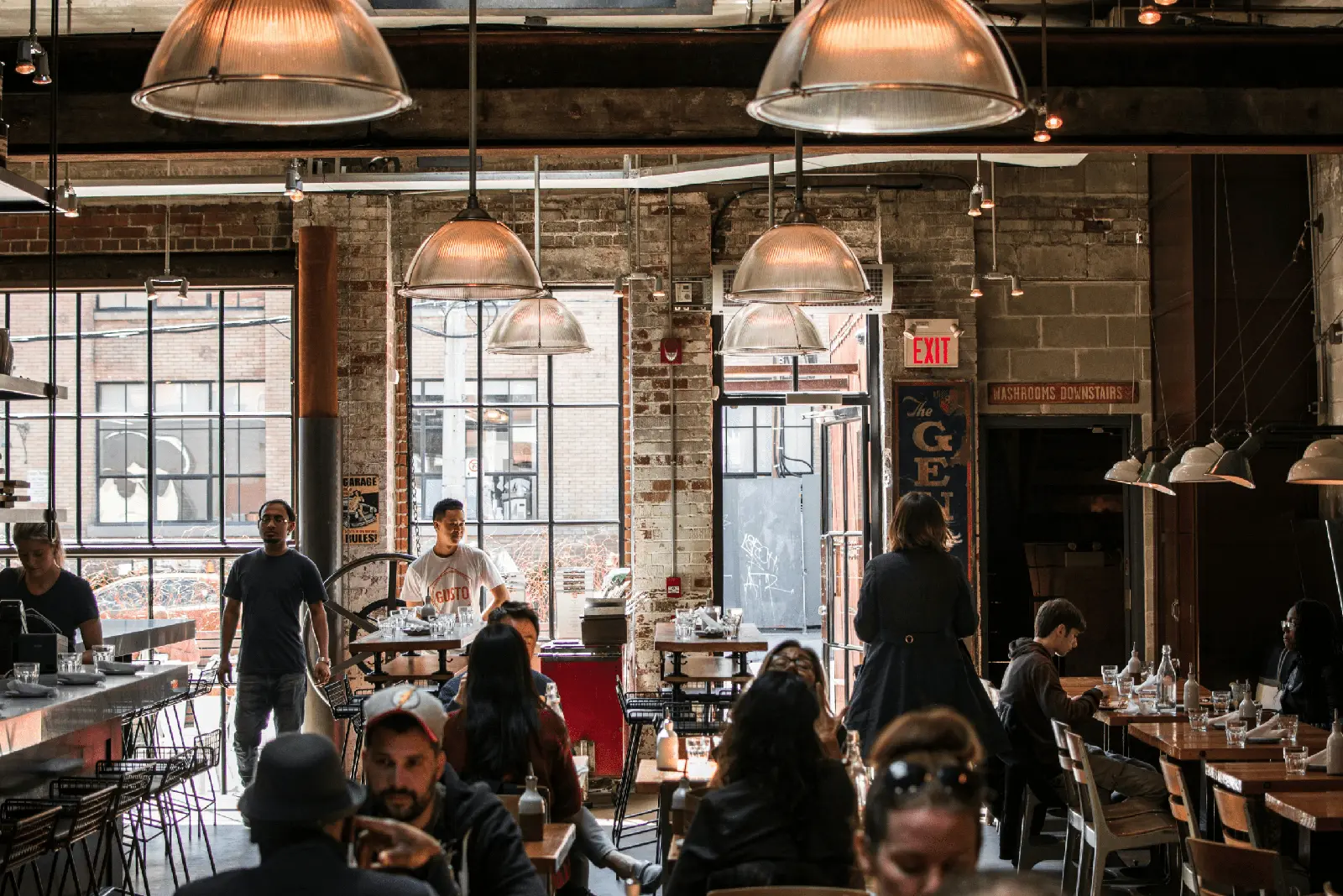If you’ve ever been on a film set, you’ve probably heard the term B-roll. But what does it mean, and why is it important?
In most styles of film production—including feature films, documentaries, reality TV, and news programs—two different types of footage are used to tell stories: A-roll and B-roll.
The History of B-Roll Footage
The term “B-roll” stems from the days before video when movies were still shot using 16-millimeter film. Editing back then was a lot more complicated because splices between the strips of film were visible during playback. Moviemakers would solve this by affixing black, empty “leader” behind the film splices. They did this so that the odd-numbered shots (the “A-roll”) and even-numbered shots (the “B-roll”) were matched by black leaders in a “checkerboard” pattern.
But today, B-roll has taken on a different meaning. B-roll is now the term used to describe material gathered in addition to the main planned footage, the A-roll.
From Secondary Footage to the Center of Attention
For quite some time, the B-roll was often treated as an afterthought. The main crew filmed the A-roll with the main talent, while less experienced crew members filmed the B-roll.
However, as filming has evolved and documentaries and docu-style filming is gaining popularity, the status of the B-roll has changed. Today, B-roll is sometimes even more important than the A-roll to help build the visual narrative and create the right atmosphere.
In a docu-style production, your A-roll will typically be the interviews. And while these are, of course, essential to telling the story, it’s often the visuals captured in your B-roll that will help illustrate what’s being said.
How To Use B-Roll In Your Visual Storytelling
There are a multitude of use cases for good B-roll footage. The more and better B-roll you’ve managed to capture, the easier it will be to create something truly great once it’s time to start editing.
Some of the ways B-roll will enhance your video production include:
Setting the scene: If the A-roll doesn’t show where the story is set, B-roll is excellent for clarifying the location. B-roll allows you to do what every great storyteller and video maker aspires to, which is to show, don’t tell.
Setting the tone: B-roll helps set the mood and create the atmosphere. It enables you to put the A-roll in a context and add more feeling to it.
Setting the pace: When you don’t want to cut directly from one scene to the next or jump immediately from one intense part of your film to another, B-roll footage will help create smooth transitions.
Hiding errors: B-roll footage can be a true life-saver when there are problems with the A-roll, such as continuity mistakes or other hiccups.
As a cutaway: B-roll video is often used to cut away from the main interview subject and provide visuals that help tell the story. This B-roll footage is typically played with voiceover narration.
B-Roll Brings Your Projects To Life
In many projects, B-roll plays a vital role. For example, if you’re telling the story of a Non-Profit Organization helping children in need. Then you would, of course, interview the workers and capture their story. But the most emotionally engaging story would be that of the children whose lives may have changed as a result. Pairing the visuals showing that positive impact with the interviews would be a powerful combination.
Related reading: 10 Steps To Creating Authentic Video Content
Is Stock Footage a Viable Option to B-Roll?
In projects with limited budgets there may not be room for filming extensive B-roll material. In those cases, stock footage is commonly used, with mixed results. If there’s no other way, using stock footage can be a solution. But it is–for obvious reasons– often difficult to create the same level of authenticity with stock footage.
The Key to Outstanding B-Roll
To capture interesting and high-quality B-roll footage that will add to your overall production, some things are worth keeping in mind.
Make time for B-Roll: One is to prioritize this part of your filming equally or more than the A-roll. To capture material that will take your videos to the next level, you need to devote time and resources.
Be flexible and make room for spontaneity: To create something magical, you need to give magic a chance to happen. It’s only by being open to what happens in the moment and being prepared to change and adapt your plans that you will be able to capture something extraordinary.
Takeaways
Capturing high-quality B-roll is essential to creating authentic and appealing videos. There are numerous ways to use B-roll material in your productions, including:
- To set the scene
- To set the tone
- To set the pace
- To hide errors
- As a cutaway
To make the most of your B-roll material, it’s essential to remain flexible and open to where opportunities will take you. Not everything can be planned. And often, it’s the things that you could never have imagined would happen in your B-roll that end up being the stuff that adds magic and personality to your film.
Get in touch to explore how we can make your brand come alive with authentic video content!




